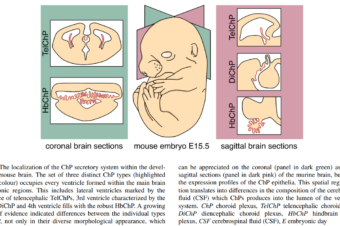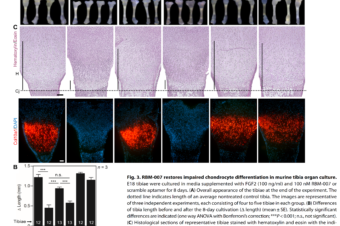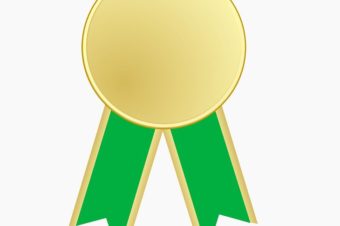It has been known for many years that in temperate climates the European honey bee,
Apis mellifera, exists in the form of two distinct populations within the year, short-living summer bees
and long-living winter bees. However, there is only limited knowledge about the basic biochemical
markers of winter and summer populations as yet. Nevertheless, the distinction between these two
kinds of bees is becoming increasingly important as it can help beekeepers to estimate proportion of
long-living bees in hives and therefore in part predict success of overwintering. To identify markers
of winter generations, we employed the continuous long-term monitoring of a single honey bee
colony for almost two years, which included measurements of physiological and immunological
parameters. The results showed that the total concentration of proteins, the level of vitellogenin,
and the antibacterial activity of haemolymph are the best three of all followed parameters that are
related to honey bee longevity and can therefore be used as its markers.
Similar Posts
Regulation of choroid plexus development and its functions
Abstract: The choroid plexus (ChP) is an extensively vascularized tissue that protrudes into the brain... Read More
An RNA aptamer restores defective bone growth in FGFR3-related skeletal dysplasia in mice
Abstract: Achondroplasia is the most prevalent genetic form of dwarfism in humans and is caused... Read More
CD20 is dispensable for B-cell receptor signaling but is required for proper actin polymerization, adhesion and migration of malignant B cells
PLoS One. 2020 Mar 25;15(3):e0229170. doi: 10.1371/journal.pone.0229170. Kozlova V, Ledererova A, Ladungova A, Peschelova... Read More
GAMU – Program podpory studentského výzkumu
Naše studentka Bc. Martina Šindlerová získala roční podporu na řešení projektu „Charakterizace Ras indukovaných tumorů... Read More
Lyn Phosphorylates and Controls ROR1 Surface Dynamics During Chemotaxis of CLL Cells
Abstract: Chronic lymphocytic leukemia (CLL) and mantle cell lymphoma (MCL) are malignancies characterized by the... Read More
Virtual Nematology Conference 2023
Mgr. Sara Šreibr prezentovala poster „Bioactive molecules released by Heterorhabditis bacteriophora in response to various... Read More





